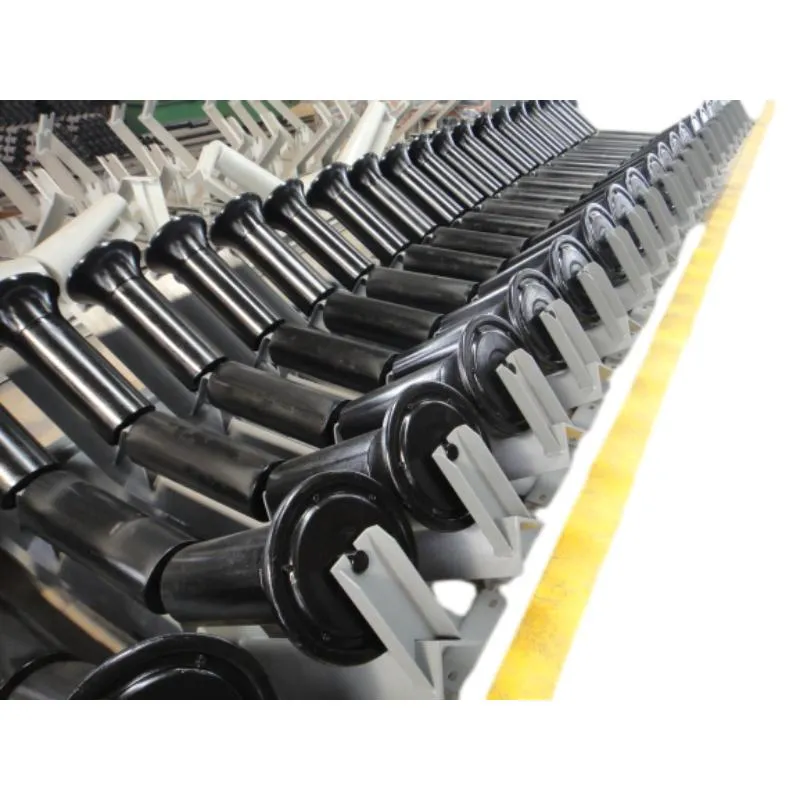 Afrikaans
Afrikaans  Albanian
Albanian  Amharic
Amharic  Arabic
Arabic  Armenian
Armenian  Azerbaijani
Azerbaijani  Basque
Basque  Belarusian
Belarusian  Bengali
Bengali  Bosnian
Bosnian  Bulgarian
Bulgarian  Catalan
Catalan  Cebuano
Cebuano  Corsican
Corsican  Croatian
Croatian  Czech
Czech  Danish
Danish  Dutch
Dutch  English
English  Esperanto
Esperanto  Estonian
Estonian  Finnish
Finnish  French
French  Frisian
Frisian  Galician
Galician  Georgian
Georgian  German
German  Greek
Greek  Gujarati
Gujarati  Haitian Creole
Haitian Creole  hausa
hausa  hawaiian
hawaiian  Hebrew
Hebrew  Hindi
Hindi  Miao
Miao  Hungarian
Hungarian  Icelandic
Icelandic  igbo
igbo  Indonesian
Indonesian  irish
irish  Italian
Italian  Japanese
Japanese  Javanese
Javanese  Kannada
Kannada  kazakh
kazakh  Khmer
Khmer  Rwandese
Rwandese  Korean
Korean  Kurdish
Kurdish  Kyrgyz
Kyrgyz  Lao
Lao  Latin
Latin  Latvian
Latvian  Lithuanian
Lithuanian  Luxembourgish
Luxembourgish  Macedonian
Macedonian  Malgashi
Malgashi  Malay
Malay  Malayalam
Malayalam  Maltese
Maltese  Maori
Maori  Marathi
Marathi  Mongolian
Mongolian  Myanmar
Myanmar  Nepali
Nepali  Norwegian
Norwegian  Norwegian
Norwegian  Occitan
Occitan  Pashto
Pashto  Persian
Persian  Polish
Polish  Portuguese
Portuguese  Punjabi
Punjabi  Romanian
Romanian  Russian
Russian  Samoan
Samoan  Scottish Gaelic
Scottish Gaelic  Serbian
Serbian  Sesotho
Sesotho  Shona
Shona  Sindhi
Sindhi  Sinhala
Sinhala  Slovak
Slovak  Slovenian
Slovenian  Somali
Somali  Spanish
Spanish  Sundanese
Sundanese  Swahili
Swahili  Swedish
Swedish  Tagalog
Tagalog  Tajik
Tajik  Tamil
Tamil  Tatar
Tatar  Telugu
Telugu  Thai
Thai  Turkish
Turkish  Turkmen
Turkmen  Ukrainian
Ukrainian  Urdu
Urdu  Uighur
Uighur  Uzbek
Uzbek  Vietnamese
Vietnamese  Welsh
Welsh  Bantu
Bantu  Yiddish
Yiddish  Yoruba
Yoruba  Zulu
Zulu head pulley tail pulley for belt conveyor
The Role of Head, Pulley, and Tail Pulley in Belt Conveyors
Belt conveyors are an integral part of many industrial processes, facilitating the movement of materials efficiently and reliably over various distances. Central to their operation are key components known as the head pulley and tail pulley. Understanding the function and importance of these pulleys is essential for anyone involved in the design, maintenance, or operation of belt conveyors.
Head Pulley
The head pulley, often located at the discharge end of the conveyor, plays a crucial role in the overall functionality of the belt conveyor system. It is responsible for driving the conveyor belt, enabling the movement of materials. The head pulley is typically powered by a motor that provides the necessary torque to turn the pulley, ultimately propelling the belt forward.
One of the critical functions of the head pulley is to maintain proper tension in the conveyor belt. A well-tensioned belt ensures smooth operation, minimizing slippage and wear. When the belt is under the proper tension, it maintains contact with the head pulley, which is essential for effective material transfer. Furthermore, the design of the head pulley can influence the conveyor's efficiency. A larger diameter head pulley can reduce belt wear and improve tracking, enhancing the longevity of the conveyor system.
In addition to driving the belt, the head pulley facilitates the discharge of materials, directing them from the conveyor onto the desired location. This is often achieved by configuring the head pulley at a slight angle or using a specific skirt system to control the flow of material.
Tail Pulley
head pulley tail pulley for belt conveyor

Contrastingly, the tail pulley is located at the opposite end of the conveyor, serving primarily as a support and tensioning mechanism. It is essential for maintaining the structural integrity of the conveyor system. The tail pulley helps to return the belt back to the head pulley, completing the loop of movement.
One of the primary functions of the tail pulley is to assist in adjusting the tension of the conveyor belt. Proper tension is vital for preventing excessive slippage and ensuring that the belt remains aligned. If the tension is too loose, the belt can sag, leading to misalignment and potential breakdowns. Alternatively, if the tension is too tight, it can cause undue stress on the belt and pulleys, which may lead to premature wear and failure.
The tail pulley also plays a significant role in the overall system's efficiency. It aids in guiding the return belt, keeping it flat, and preventing it from twisting. This guidance is essential for extending the life of the belt and ensuring the smooth operation of the conveyor system.
Conclusion
In conclusion, the head pulley and tail pulley are vital components of belt conveyor systems. The head pulley drives the conveyor belt and discharges materials effectively, while the tail pulley provides support and tension management. Together, these pulleys work in harmony to ensure that materials are transported efficiently and reliably from one point to another.
Understanding the importance of these components is crucial for maintaining an efficient conveyor system. Proper installation, regular maintenance, and timely replacements of these pulleys can significantly extend the lifespan of a conveyor system and enhance productivity in various industrial applications. As the demand for efficient material handling continues to rise, the importance of the head and tail pulleys in belt conveyors will remain a critical focus for engineers and operators alike.
-
Revolutionizing Conveyor Reliability with Advanced Rubber Lagging PulleysNewsJul.22,2025
-
Powering Precision and Durability with Expert Manufacturers of Conveyor ComponentsNewsJul.22,2025
-
Optimizing Conveyor Systems with Advanced Conveyor AccessoriesNewsJul.22,2025
-
Maximize Conveyor Efficiency with Quality Conveyor Idler PulleysNewsJul.22,2025
-
Future-Proof Your Conveyor System with High-Performance Polyurethane RollerNewsJul.22,2025
-
Driving Efficiency Forward with Quality Idlers and RollersNewsJul.22,2025





























